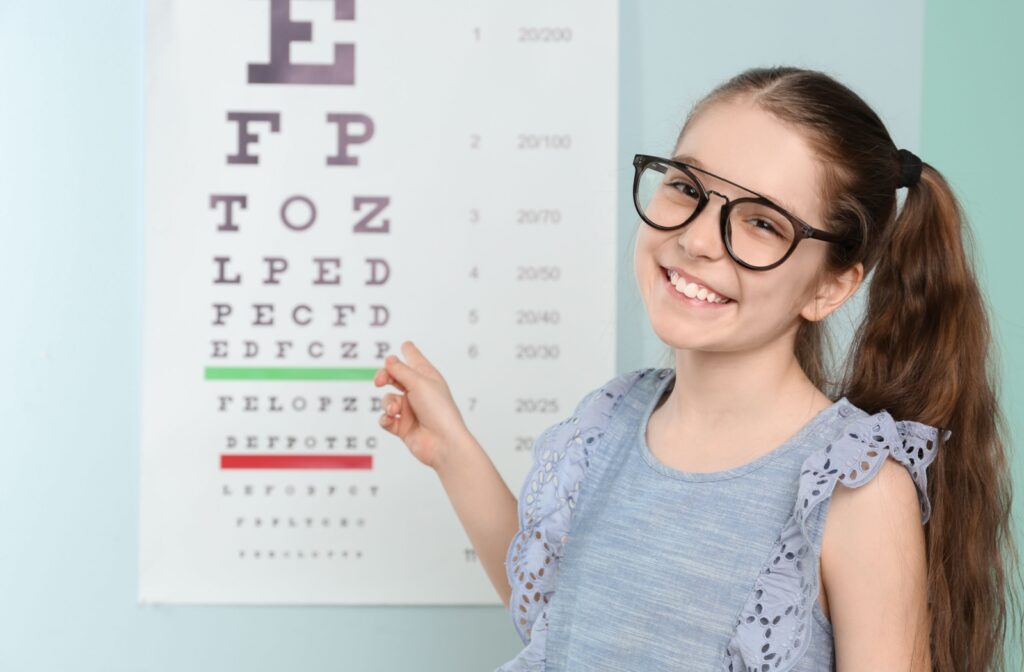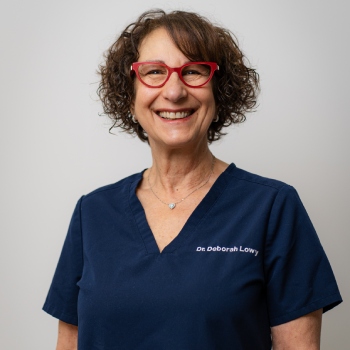Modern life has brought higher demands on our eyes than ever before, and for many, myopia, or nearsightedness, is a key concern. From spending increasing amounts of time on screens to experiencing progressively blurry vision, myopia is a condition that affects many people.
For most people with myopia, progression stops in the early 20s when the eyes stop growing. However, for some, myopia may continue to worsen into the late 20s and early 30s. Sometimes, factors like illness or prolonged near work can lead to adult-onset myopia.
What Is Myopia?
Before we discuss if or when myopia progression stops, let’s first define what myopia is. Myopia, or nearsightedness, is a refractive error where light entering the eye focuses in front of the retina rather than directly on it. This results in clear vision up close but blurred vision at a distance.
Symptoms of myopia can include:
- Blurry distance vision (e.g., road signs, lecture boards, or distant objects appear unclear)
- Headaches caused by eye strain
- Squinting or narrowing the eyes to focus on distant objects
- Difficulty seeing clearly while driving, especially at night
Now that we understand what myopia is, let’s explore its progression and whether or not it stops as we age.
How Does Myopia Progression Work?
For most individuals, myopia typically starts in childhood or adolescence. This happens when the eye grows longer than normal, causing light to focus incorrectly on the retina. During this growth phase, rates of myopia progression can be relatively high, especially between the ages of 8 and 14.
Myopia in Children
The age at which myopia begins can vary significantly, but generally, the earlier it starts, the more severe it tends to become. Research suggests myopia often progresses rapidly during childhood and tends to slow down as children approach their late teens, around 15 to 18 years of age.
That said, progression rates can depend on multiple factors, including genetics, environmental influences, and lifestyle habits.
Myopia in Adults
For many people, myopia stabilizes in late adolescence or early adulthood. However, this isn’t always the case. A subset of adults can experience mild myopia progression into their 20s, 30s, or even beyond. This phenomenon, often referred to as adult-onset myopia, may be triggered by factors like:
- Prolonged screen time or near work.
- Occupational demands requiring visual concentration (e.g., architects, designers).
- Underlying health conditions, such as diabetes or changes in the lens due to aging.
Understanding when myopia will stabilize varies from person to person. While progression often slows with age, it may not stop completely. Myopia management strategies can play a valuable role in helping to slow its progression.
Factors That Influence Myopia Progression
Several factors come into play when determining how your myopia progresses over time. Here are the main contributors:
Genetic Makeup
If you have one or both parents with myopia, your likelihood of developing and sustaining progression increases significantly. Genetics plays a crucial role in determining how prone your eyes are to nearsightedness.
Viewing Distance
Extended periods of near work—such as reading, using a smartphone, or working on a computer—may contribute to myopia progression, particularly when objects are held too close to the eyes. It’s important to maintain an appropriate viewing distance, ideally at least 40 cm (about 16 inches), to reduce the risk. Incorporating regular breaks using the 20-20-20 rule (every 20 minutes, look at something 20 feet away for 20 seconds) can also support healthier visual habits.
Outdoor Exposure
Studies have shown that children who spend more time outdoors tend to have a slower progression of myopia. Experts believe exposure to natural light may play a critical role in slowing down eye elongation, though the exact reasons remain under research.
Eye Care Interventions
Modern advances in eye care offer solutions designed to slow myopia progression, particularly in children. Options include specialized eyeglasses, contact lenses, and eye drops.
What Are My Options for Managing Myopia Progression?

While we can’t usually stop myopia completely, there are effective ways to slow down its progression at any age. Management options work by helping to reduce the rate of eye growth, particularly the elongation of the eyeball (axial length), which is the underlying cause of myopia progression. Here’s what you need to know about current management options.
1. Orthokeratology (Ortho-K)
Ortho-k lenses are a remarkable innovation for managing myopia in children and adolescents. These custom-fit, gas-permeable contact lenses are worn overnight, gently reshaping the cornea while you sleep. Ortho-k has been shown to slow myopia progression effectively.
2. Myopia Management Glasses
Unlike standard glasses, which correct distance vision but do not influence myopia progression, myopia management glasses feature multiple focusing powers integrated into the lens. The lens simultaneously corrects blurred distance vision and helps prevent incorrectly focused light from triggering axial growth.
3. Atropine Eye Drops
Low-dose atropine eye drops are another tool available for slowing myopia progression. They are typically used for children and are commonly prescribed in tandem with other treatments.
4. Lifestyle Adjustments
Limiting near-sighted activities, practicing good screen habits, and encouraging regular outdoor play can all have a significant impact on slowing the progression of myopia, especially in children.
5. Regular Eye Exams
Consistent monitoring by an optometrist is crucial. Early detection and proactive planning based on an individual’s needs allow you to stay ahead of the progression curve.
How Can You Care for Your Eyes Over Time?
If you’ve been diagnosed with myopia or have noticed its progression in a family member, it’s essential to have regular eye exams to monitor changes and assess the effectiveness of treatment. Additionally, simple lifestyle adjustments can have a significant impact:
- Encourage breaks during extended periods of reading, studying, or screen work.
- Increase time spent outdoors with safe sunglasses for UV protection.
- Follow your eye care provider’s recommendations on treatments like ortho-k, multifocal lenses, or atropine drops.
Managing Myopia Effectively
While myopia progression doesn’t affect everyone the same, early detection paired with smart management strategies can help reduce the impact it has on your (or your child’s) vision and quality of life. At Lowy & Sewell Eye Care, your eye health is our top priority. Book your appointment today and take the first step toward clearer, healthier vision. Together, we’ll find the perfect solution for you.



